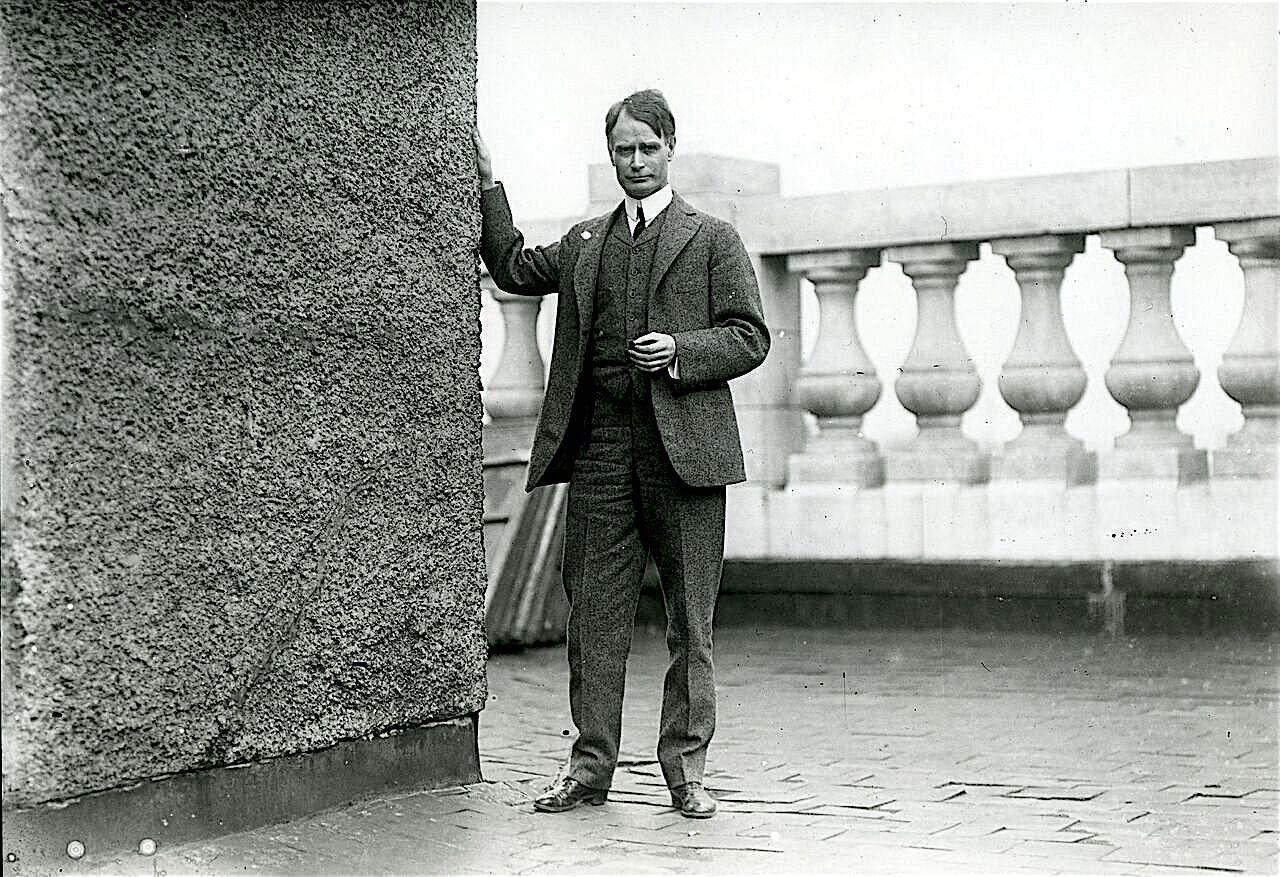GLYMONT
I have chased the origin of the name Glymont and its significant history.
Over 33 years of researching the name Glymont has ended. By many accounts, The Washington Fruit Growers Association is credited with establishing the name Glymont. Unfortunately, this is not true. Glymont has been around many years before the Washington Fruit Growers Association existed.
Glymont is of Welsh origin and means to bind or tie. It is believed that Glymont was originally spelled with an e at the end (Glymonte). The settlers from Wales had settled on the Virginia side of the Potomac River and no records exist that they settled in Maryland. The name Glymont can be established prior to 1654.

Some Facts
I will give you the latitude and Longitude of Glymont, which has existed since the early 17th century. But, this land called Glymont extended from the Potomac River to the Mattawoman Creek. Glymont is located at these GPS coordinates – Latitude: 38.6012, Longitude: -77.1439 It lies 26 feet (7.9 m( above sea level.
It is approximately 12 miles from Port Tobacco, and part of Glymont is situated on the east bank of the Potomac River. In its earliest days, the land was capable of producing large amounts of corn, potatoes, wheat, oats, tobacco, and hay. During this period, you could purchase land from $10 to $30 per acre.
Glymont was instrumental in protecting against attacks during the War of 1812 and the Civil War. Throughout General U.S. Grant’s Military and political career, he battled alcoholism. He was taken to the Hotel at Glymont to dry out. In 1854, Grant had to resign from the Army in California because of excessive drinking. Grant was probably an alcoholic but a functioning one. He went on drinking binges but then could stop drinking for long periods. He apparently wasn’t a mean drunk. Cause of death: Head and neck cancer He died in 1885.
The SS GLYMONT was Commissioned n 1919 at Portland, Oregon, as one of the 431 steel vessels requisitioned for use during the First World War by the United States Shipping Board’s Emergency Fleet Corporation. Her first commercial owner was C.W. Cook. The Charles Nelson Company of San Francisco, California, operated her from 1925 through 1937. From 1937 through 1942, she was named SS ARCATA, and the Hammond Lumber Company of Fairhaven, Washington, managed her. Her U.S. “official number” was 217972. On July 14, 1942, she was sunk in the Gulf of Alaska by gunfire from the Japanese submarine.
AN ACT in relation to the road running from Glymont, on the Potomac River, through Cornwallis’ Neck, in Charles County, to the point of its termination.
SECTION 1. Be it enacted by the General Assembly of Maryland, that the road running from Glymont through Cornwallis’ Neck to Mattawoman Creek’s mouth, in Charles County be and the same is hereby excepted from provisions of the act of eighteen hundred and seventy-six, chapter two hundred and ninety-one. Approved March 25, 1878.





